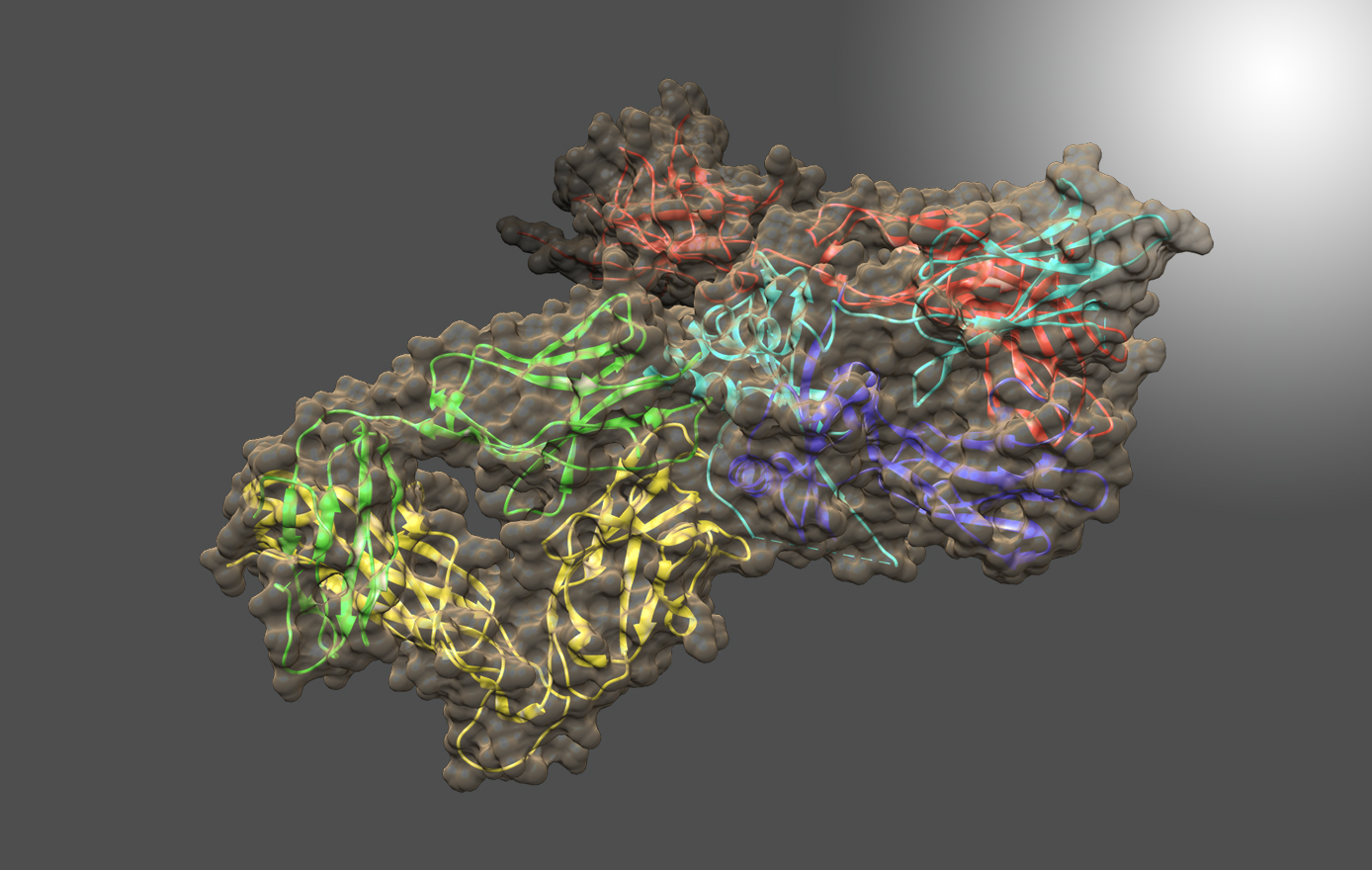Lecture Series: Capturing the Sequential Steps of Dynamin-mediated Fission by Cryo-EM
Event Info
Event Details
Abstract:
Dynamin superfamily proteins (DSPs) are present in all organisms and are broadly implicated in membrane remodeling, actin dynamics and innate immunity. DSPs are mechanochemical GTPases whose function is dependent on oligomerization of the protein and conformational changes that occur during the GTP hydrolysis cycle. Dynamin, the founding member of this superfamily, is crucial for endocytosis, synaptic membrane recycling, membrane trafficking within the cell, and cytokinesis. The emerging model entails dynamin assembling around the necks of budding vesicles as a helical polymer and upon GTP hydrolysis, undergoes a significant constriction that ultimately leads to membrane fission. We recently solved a 3.75 Å resolution cryo-EM structure of the membrane-associated human dynamin in the GTP-bound state. Compared to the soluble crystal structure of the tetramer, membrane bound dynamin1 adopts a more extended form, with the GTPase and Pleckstrin Homology domains positioned more distal from the central core of the protein. Our structure defines the dynamin asymmetric-dimer (building block) and how the dimer assembles into a polymer. The structure also reveals a novel asymmetry within the dimer as a result of a severely bent helix in only one monomer. In addition, we solved a 10.1 Å structure of dynamin in a super-constricted state, induced by GTP hydrolysis, showing slight changes in the GTPase and BSE domains and a different helical conformation that allows for further constriction of the membrane. These molecular snapshots of the biologically relevant form of dynamin provide a framework for understanding the complex orchestration of GTP-driven conformational changes that mediate membrane constriction.
Additional DSPs play a role in a variety of fundamental cellular processes, including organelle fission and fusion. We are currently solving the structures of DSPs involved in mitochondria fusion (mitofusins and Opa1). Our goal is to determine the structural properties of DSPs by cryo-EM and correlate these properties with their diverse cellular functions.
